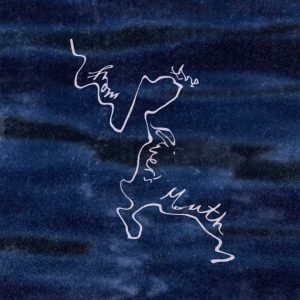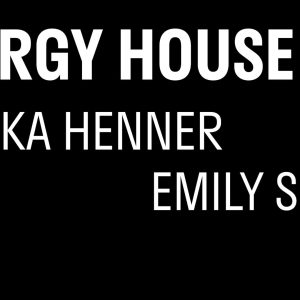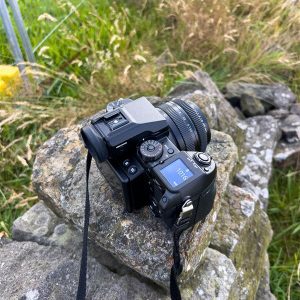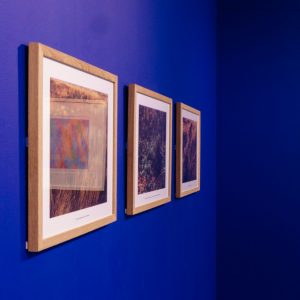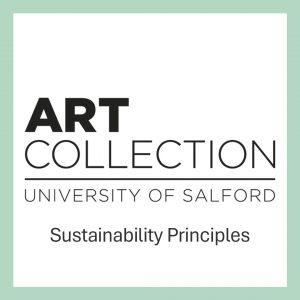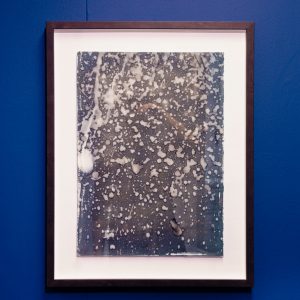
Jessica El Mal’s ‘Spring Rain 09.12.22’
'Spring Rain 09.12.22' draws contrast between the perception of rain in Manchester - where the regular wet weather is often a cause of annoyance - and Morocco – which experiences an annual drought, worsened each year by climate change. Want to know more? Find out here!


